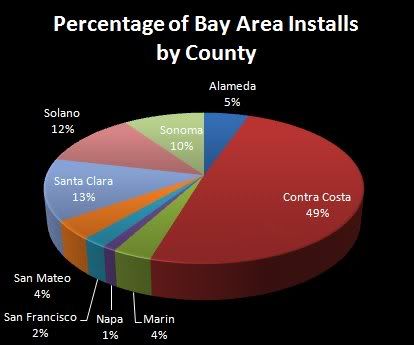As Schmacher said in Small Is Beautiful, “Using uranium to boil water to generate steam to generate electricity is like using a firehose to spray an ant off a toilet seat. It is an inappropriate use of technology.” Which was a nice way to say that Nuclear Power Plants are stupid.
http://www.greenpeace.org/international/campaigns/nuclear
End the nuclear age
Nastya, from Belarus was only three years old when she was diagnosed with cancer of the uterus and lungs. According to local doctors the region has seen a huge increase in childhood cancer cases since the Chernobyl disaster.
Greenpeace has always fought – and will continue to fight – vigorously against nuclear power because it is an unacceptable risk to the environment and to humanity. The only solution is to halt the expansion of all nuclear power, and for the shutdown of existing plants.
We need an energy system that can fight climate change, based on renewable energy and energy efficiency. Nuclear power already delivers less energy globally than renewable energy, and the share will continue to decrease in the coming years.
Despite what the nuclear industry tells us, building enough nuclear power stations to make a meaningful reduction in greenhouse gas emissions would cost trillions of dollars, create tens of thousands of tons of lethal high-level radioactive waste, contribute to further proliferation of nuclear weapons materials, and result in a Chernobyl-scale accident once every decade. Perhaps most significantly, it will squander the resources necessary to implement meaningful climate change solutions. (Briefing: Climate change – Nuclear not the answer.)
“Nuclear power plants are, next to nuclear warheads themselves, the most dangerous devices that man has ever created. Their construction and proliferation is the most irresponsible, in fact the most criminal, act ever to have taken place on this planet.”
Patrick Moore, Assault on Future Generations, 1976
The Nuclear Age began in July 1945 when the US tested their first nuclear bomb near Alamogordo, New Mexico. A few years later, in 1953, President Eisenhower launched his “Atoms for Peace” Programme at the UN amid a wave of unbridled atomic optimism.
But as we know there is nothing “peaceful” about all things nuclear. More than half a century after Eisenhower’s speech the planet is left with the legacy of nuclear waste. This legacy is beginning to be recognised for what it truly is.
Things are moving slowly in the right direction. In November 2000 the world recognised nuclear power as a dirty, dangerous and unnecessary technology by refusing to give it greenhouse gas credits during the UN Climate Change talks in The Hague. Nuclear power was dealt a further blow when a UN Sustainable Development Conference refused to label nuclear a sustainable technology in April 2001.
:}
If you are bored now, you can watch this advertisement:
http://www.youtube.com/watch?v=XOI-Va5aU3U
And then there are these folks who have been at it since the beginning of time:
Welcome to Nuclear Information and Resource Service& World Information Service on EnergyNIRS/WISE is the information and networking center for people and organizations concerned about nuclear power, radioactive waste, radiation, and sustainable energy issues. |
|||||
|
|||||
Note: NIRS relies on contributions from people who use and/or appreciate our services for 1/3 of our annual budget. Your support is crucial! You can donate online by clicking the “Donate” button, or you may mail your tax-deductible check to NIRS. We thank you for your support. NIRS is located at 6930 Carroll Avenue, Suite 340, Takoma Park, MD 20912; 301-270-NIRS (301-270-6477); fax: 301-270-4291; E-mail NIRS. WISE-Amsterdam is at P.O. Box 59636, 1040 LC Amsterdam, The Netherlands; 31-20-6126368; fax: 31-20-6892179; E-mail WISE. Web: www.antenna.nl/wise. Our NIRS Southeast U.S. office is at P.O. Box 7586, Asheville, NC 28802; 828-675-1792, E-mail NIRS Southeast office. Worldwide NIRS/WISE relay offices. Photo captions on the page header
:}









